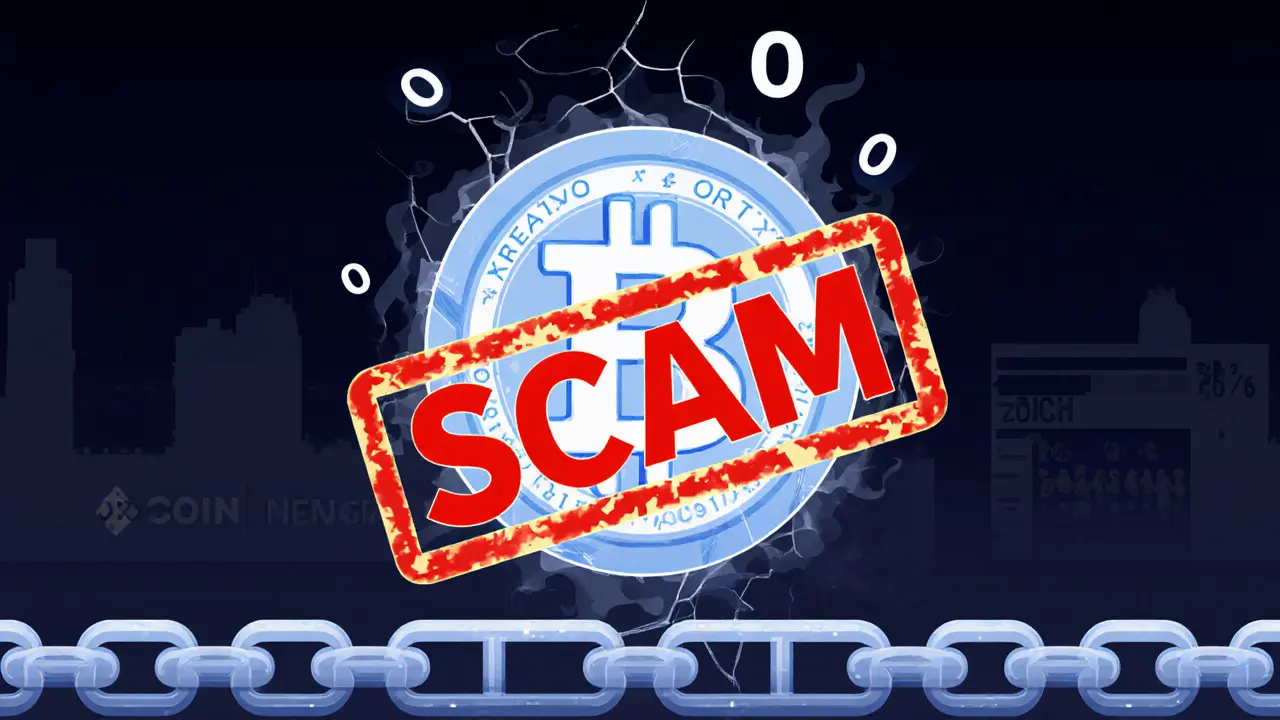XREATORS (ORT) is not a real cryptocurrency. No exchange, blockchain, or credible source lists it. It's a scam with no team, code, or community. Learn how to spot fake crypto coins before you lose money.
Fake Crypto Coin: How to Spot Scams and Avoid Losing Money
When you hear about a new fake crypto coin, a digital asset with no real technology, team, or use case, often created to trick investors into buying worthless tokens. Also known as pump-and-dump coin, it shill token, it doesn’t trade on real exchanges—it just shows up in Telegram groups and TikTok ads promising 100x returns. These aren’t just bad investments—they’re designed to vanish the moment you send funds.
Most fake airdrop, a fraudulent distribution of free tokens meant to collect wallets, personal data, or upfront fees asks you to connect your wallet first. Then it drains your ETH or SOL. Others, like unregulated exchange, a platform with no license, no transparency, and no history of withdrawals, pretend to list new coins so you’ll deposit money to trade—but you can never cash out. Look at VAEX, YodeSwap, or Nivex: all promised AI magic or huge gains, but none had real users, audits, or regulatory checks. They didn’t fail—they were never real to begin with.
Real crypto projects don’t need hype videos or influencers to prove themselves. They have GitHub commits, public teams, and audits you can verify. Fake ones? No code, no team names, no whitepaper beyond a Google Doc with typos. The crypto fraud, a deliberate deception using blockchain technology to steal funds under false pretenses works because it copies the look of real projects. It uses the same terms—DeFi, staking, yield farming—but the underlying tech doesn’t exist. If a coin’s name sounds like a parody—like "SpaceY 2025" or "PRIVATEUM GLOBAL"—and you can’t find a single credible review, you’re being targeted.
You’ll find posts here about coins that disappeared, exchanges that vanished, and airdrops that were traps. We don’t just list them—we explain how they worked, who got burned, and what red flags to watch for next time. No fluff. No hype. Just the facts you need to protect your money before the next fake coin hits your feed.
